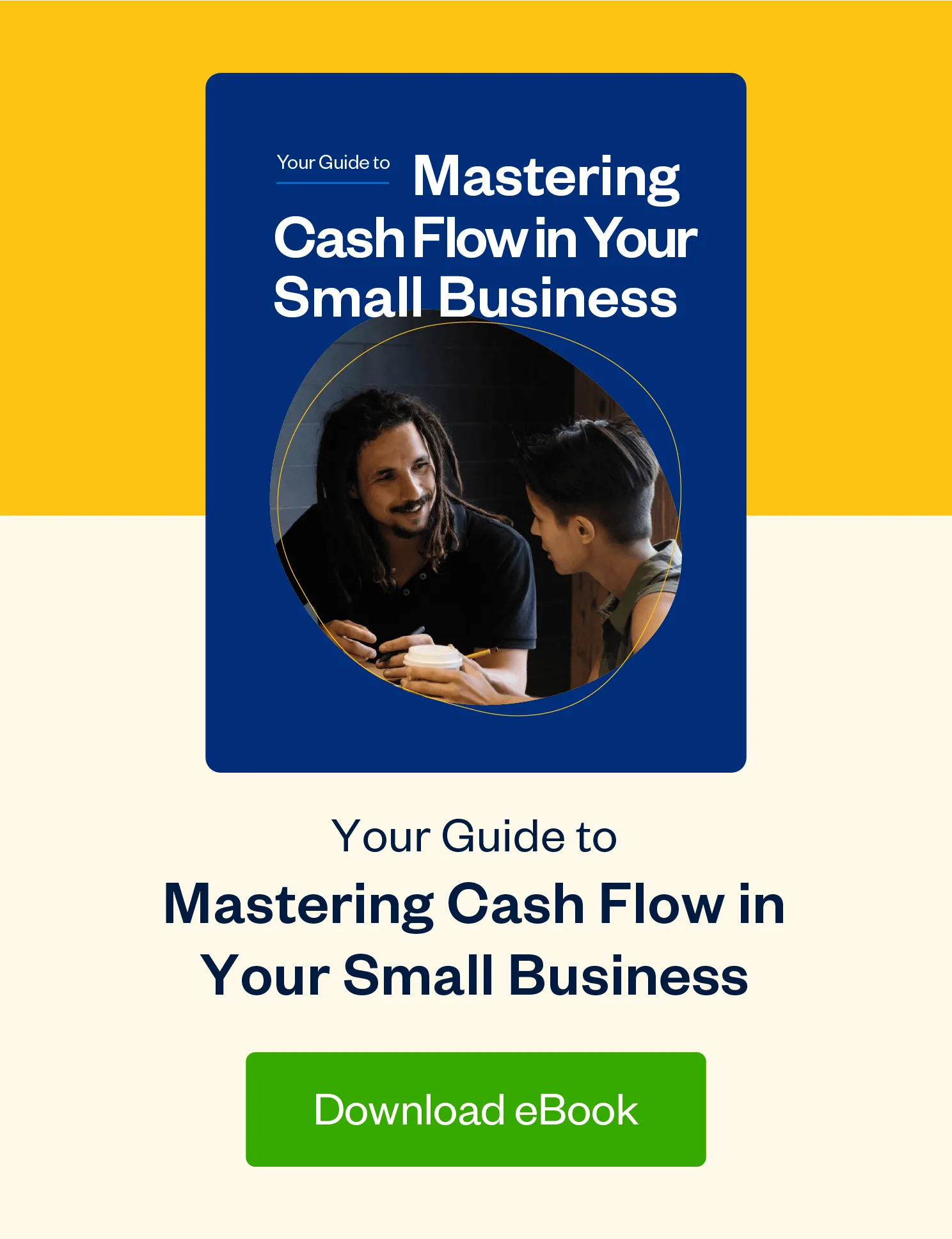If you’re unfamiliar with them, financial statements can seem like a mysterious art, better left to accountants and other money wizards.

Good news, though: You don’t need an ancient book of knowledge to understand financial statements. When you know how to read them, you can track your performance, plan month-to-month cash flow, and file taxes easily.
Here’s a simple guide to using financial statements for your small business.
What Are Financial Statements, Exactly?
A financial statement is a document that tells you:
- Where your money comes from
- Where your money goes
- What funds you currently have on hand to work with
Financial statements summarize your accounting info in a way that’s (relatively) easy to understand. They’re created on a regular basis, depending on your needs. For most small business owners, that’s either monthly or quarterly.
There are a few kinds of financial statements you can use, depending on the type of business you run. We’ll be focusing on two key statements: the balance sheet, and the profit and loss statement.
There’s a third type of financial statement to consider, which isn’t covered here: The cash flow statement. This is most useful if your business uses accrual accounting, as opposed to a cash basis. If you’re not sure what type you use, take a moment to learn about the difference between cash basis and accrual accounting.
Where Financial Statements Come From
Financial statements are generated in three different ways:
- With software. If you use accounting software, it will automatically generate financial statements for you. Keep in mind that your statements will only be reliable if your accounting is accurate and up to date.
- By a bookkeeper. Many bookkeepers—including online bookkeeping services like Bench—will generate financial statements for you, and also make sure your financials are accurate and up-to-date.
- By an accountant. You can send your bookkeeping data to an accountant, and they’ll create financial statements for you. This isn’t strictly necessary unless you’re presenting the statements to investors or shareholders. A bookkeeper can do this more affordably.
FreshBooks falls under category one. As long as your expenses and income (paid and pending invoices) are accurate, it will create useful financial statements for you.
How to Read Financial Statements
The Balance Sheet
A snapshot of your business as it currently stands, the balance sheet tells you exactly how much money you have to work with. While it can be done monthly, in FreshBooks, the balance sheet is created up to the current date.
Reading the Balance Sheet
Your balance sheet is split up into three parts:
- Assets. All the money you have to work with. It’s split up into Accounts Receivable and Cash. Accounts Receivable consists of outstanding invoices, which you’re expecting to be paid. Cash consists of all the money you’ve made this year, to date.
- Liabilities. Money you owe. Generally, that includes loans, credit payments, or other debts. In bookkeeping, this is known as Accounts Payable.
- Equity. Money invested in your company. This can include retained revenue. In some companies, this is investors’ money or shares you own. It could also be money you’ve secured as a loan. In FreshBooks, Equity consists of your Net Income.
The best way to understand how the three sections of the balance sheet work together is to remember this equation: Assets = Equity – Liability.
Using the Balance Sheet
The info on your balance sheet helps you:
- See your financial standing, and track it over time
- Track debts you’ve paid off
- Manage a loan, or investors’ money
- File your taxes, using the info from the balance sheets you’ve generated over the course of the financial year
The Profit and Loss Statement
While the balance sheet tells you how much money you have to work with—and how much you owe—it doesn’t tell you how you got there.
That’s where the profit and loss statement comes in. It tells you how much money you’ve earned and how much you’ve spent over the course of the year.
Your profit and loss statement is split into two sections—Income (Billed), and Less Expenses.
Income (Billed)
The first part of this section, Sales, summarizes all the money you’ve you’ve sent out invoices for.
The second part, cost of goods sold (COGS), summarizes the cost of creating your product. For instance, if you created custom t-shirts for a client, the cost of the shirts and the printing would be categorized as COGS. This amount is subtracted from your Sales before totaling your Income (Billed).
Less Expenses
Less Expenses consists of all the non-COGS expenses you’ve incurred in the course of doing business.
Using the Profit and Loss Statement
The info on your profit and loss statement helps you:
- See how expenses impact your business and cut costs
- Prove your business is sustainable, so you can secure a loan or investment
- Track, long term, how business decisions impact your profitability
- Get a bird’s eye view of your deductible expenses
- File your taxes, using the info from the balance sheets you’ve generated over the course of the financial year
—
Word to the wise: Financial statements give you all the info you need to file taxes for your freelance business—but they can’t backup your claims in case of an audit. As you plan for tax season, make sure you know which tax records to need to keep.
about the author
Ryan Smith is the Managing Editor at Bench Accounting, the online bookkeeping service that pairs you with a dedicated bookkeeping team and simple software to do your books for you.

 3 Reports You Can’t Live Without at Tax Time
3 Reports You Can’t Live Without at Tax Time Introducing: Industry Standard Double-Entry Accounting
Introducing: Industry Standard Double-Entry Accounting How Virtual Bookkeeping Helped Jennifer Save Time and Feel Confident During Tax Season
How Virtual Bookkeeping Helped Jennifer Save Time and Feel Confident During Tax Season






